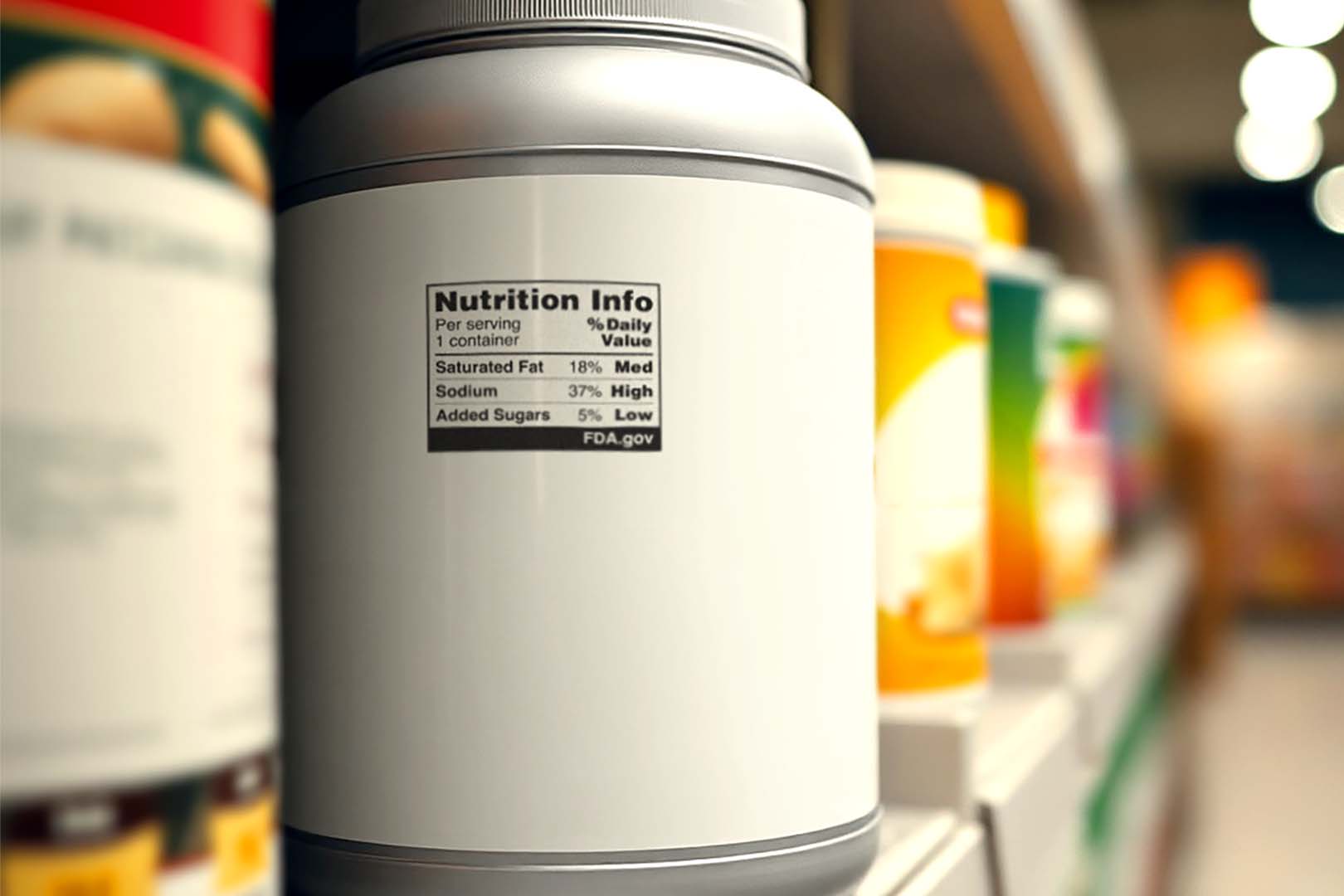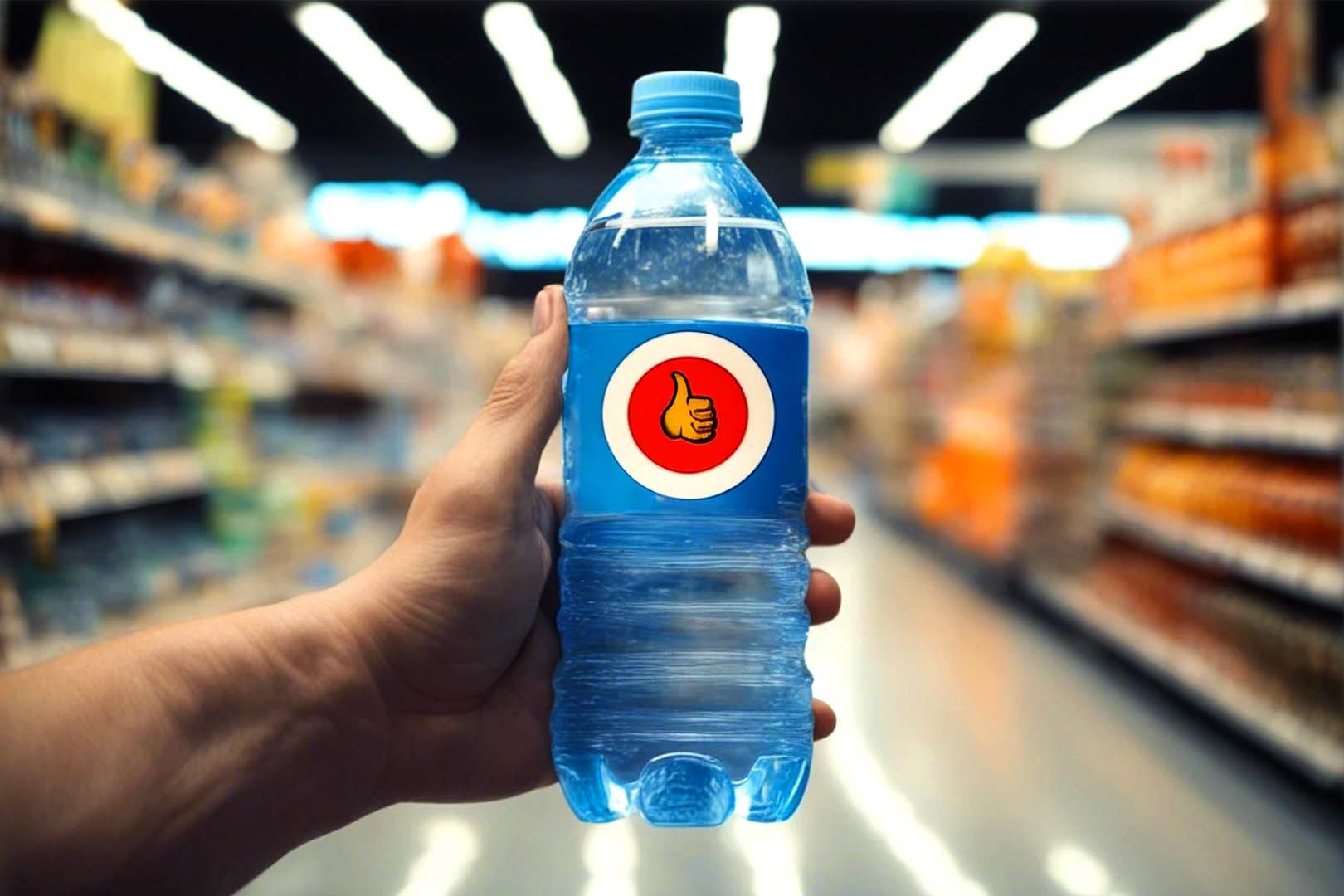
One of the bigger hurdles of better eating and nutrition is education and for some people it’s not as easy as flipping it around and understanding the macros on the back of the packaging. Even on the front where things are a little simpler and more direct, companies will call out and highlight what they want you to see and that may not necessarily tell the whole story. The Food and Drug Administration is looking to make that side of things a bit easier with the something called the Nutrition Info Box.
The FDA has proposed mandating the front-of-package Nutrition Info Box for most packaged foods, providing at-a-glance display of saturated fat, sodium, and added sugars. The label will use “Low,” “Med,” or “High” labels to interpret nutrient levels, complementing the nutrition facts panel you find on the back of foods. Aimed at combating diet-related chronic diseases, the initiative is supported by extensive research and if it is implementated the FDA will give companies plenty of time to act at three years for larger businesses of $10M or more in annual food sales, and four years for the smaller guys.
It is a great idea at its core, aiming to give you a quick run down of important points of a food or nutrition product, and with the descriptors of Low, Med, and High, the FDA’s Nutrition Info Box will efficiently communicate to consumers where something stands. If this does go through and play out it would be interesting to see how much it stands out when placed on the fact of something like a protein powder. It is meant to be in the top third of a label and be a minimum of eight point type, which could be something like half an inch to an inch squared to fit the various lines in the provided example.


